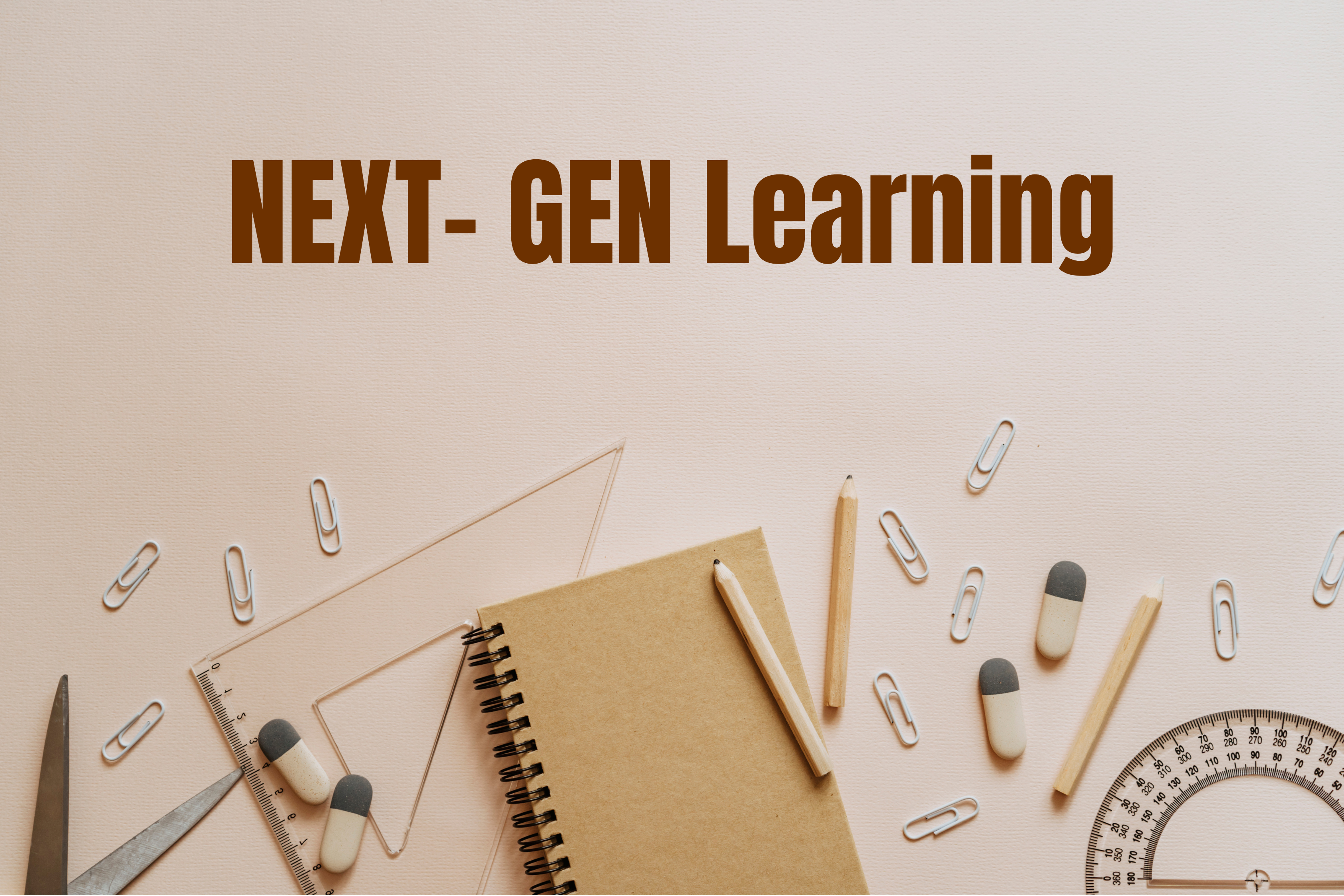The Teacher’s Guide to Thriving in 21st Century Learning Spaces: Building Support Systems for Educators
- April 29, 2024
- by civom furniture

In the ever-evolving landscape of education, classrooms are transforming into dynamic, technology-driven hubs that require teachers to adapt and thrive in 21st-century learning spaces. As educators navigate this new terrain, it becomes crucial to build robust support systems that empower and enable them to deliver optimal learning experiences to their students. In this blog post, we explore essential strategies and insights to equip teachers in creating innovative educational environments.
Welcoming New Ways: How Learning Places Change Through Time
In the 21st century, traditional classrooms have given way to flexible, collaborative spaces that cater to diverse learning styles and encourage different points of views. Teachers are no longer confined to desks and chalkboards but are empowered to incorporate technology, interactive tools, and flexible layouts to enhance the learning experience. By embracing this shift, educators can create engaging environments that inspire curiosity and critical thinking among students. Teachers may have always been experts in their subjects, but in this new era of learning, their role goes beyond simply delivering content. They become facilitators and architects of engaging experiences.
Key Strategies for Teachers in 21st Century Learning Spaces
Adopting a Student-Centered Approach:
Empowering students to take ownership of their learning is essential in modern classrooms. Here are a few ways for teachers to help do this:
- Make lessons more engaging: Interactive quizzes, online and offline games, and educational apps can turn memorizing facts into a fun challenge.
- Personalize learning: During lesson planning and planning for homework, teachers can tailor lessons to each student’s needs and learning pace, even use digital tools and get parents on board.
- Curating the Perfect Learning Journey: Keeping in mind diverse learning styles, design the lessons with a variety of learning materials, from classic textbooks to interactive simulations and online resources. This personalized approach ensures each student has the tools they need to learn effectively.
- Building Bridges of Understanding: Complicated topics can feel like mountains to climb. Its the task of a facilitator to break down complex concepts into clear, achievable steps. For each difficult concept, incorporate storytelling, analogies, and interactive activities to bridge the gap between theory and understanding.
- The power of good questions: Facilitators can use open-ended questions and thought-provoking activities to spark curiosity and get students thinking critically. Instead of simply presenting facts, they encourage students to ask “why?” and “how?” This ignites a passion for learning that goes beyond rote memorization.
- Facilitating Student-Led Discovery: Facilitators empower students to take ownership of their learning. They guide group discussions, projects, and research tasks, allowing students to learn from each other and discover knowledge for themselves. Students can work together on projects in class and across the globe using online platforms.
- Assessing for Growth, not Just Grades: Facilitators understand that grades are just one piece of the puzzle. They use a variety of assessments, from self-reflection journals to presentations, to gauge student understanding and identify areas for improvement. This allows them to tailor future lessons and support to maximize student growth. For instance, the 2007 movie Taare Zameen Par, showcases the extraordinary efforts of a teacher (Amir Khan) in discovering a dyslexic child’s (Darsheel Safry) unique talents, highlighting the transformative power of empathetic teaching.
By incorporating student interests, preferences, and feedback into lesson planning, teachers can create relevant and engaging experiences.
Integrating Technology Thoughtfully:
Technology is a powerful tool in education, but its integration should be purposeful and meaningful. In a well known school in Mumbai, smart TVs were used during lunch breaks to deliver informational content. Their purpose was to keep the class noise levels at minimum. This might seem like a quick fix, but it actually hurt the students’ social development. This is a perfect example of how tech can be a crutch, not a helpful tool. Teachers should leverage digital resources to enhance learning outcomes while encouraging digital literacy and responsible use among teacher peers as well as students. By using tech wisely, we can transform classrooms into magical spaces where students are excited to learn and prepared to thrive in our digital world.
Creating a technology-led environment allows multi-sensorial learning. Imagine you’re learning about animals. In a regular classroom, one might just look at pictures in a book or the chalkboard. But in a technology-led environment, one could see videos of animals moving and hear them roar. One could even reach out to them using AR and VR. Additionally, a model with fur or feathers can really bring the animals to life in front of your eyes, making learning way more fun and exciting.
Continual Professional Development:
Learning is a lifelong journey, and educators must stay current with best practices, pedagogical trends, unlearning attitudes, and technology advancements. Engaging in professional development opportunities equips teachers with the skills and knowledge needed to thrive in modern classrooms. Teachers need to be comfortable with modern technological tools too! Schools should invest in training for educators so they can use technology effectively and responsibly.
Engaging Parents in the Educational Journey
In supporting a child’s learning, parents play a pivotal role. By fostering open communication, collaboration, and involvement in their child’s education, parents can create a holistic support system that complements teachers’ efforts.
Once parents keep the child at the center, everything in the periphery falls into place. Understanding your own child’s needs, their communication cues is key for parents.
Tools such as parent-teacher conferences, digital platforms, and workshops can bridge the gap between home and school, enriching the educational experience for students.
Creating Innovative Learning Spaces
The design of learning environments significantly impacts teaching and learning outcomes. Collaborating with architects, interior designers, and educational stakeholders can lead to the creation of functional, inspiring spaces that cater to the needs of 21st-century learners. By incorporating elements of flexibility, technology integration, and space as catalyst; educators can transform traditional classrooms into dynamic hubs of collaboration and innovation.
Conclusion
In conclusion, thriving in 21st-century learning spaces requires a multifaceted approach that encompasses teacher empowerment, parent engagement, and innovative design solutions. By building robust support systems, educators can navigate the complexities of modern education with confidence and creativity, ultimately making valuable contributions to learning experiences of their students.
By incorporating these strategies and insights, teachers, parents, and the design community can collaborate to create vibrant educational environments that inspire and empower the next generation of learners.
For more resources on enhancing teaching practices, engaging parents, and designing innovative learning spaces, explore our website’s internal links below:
- Learning Unchained: 7 Myths Holding Your School Back (and How to Break Free!)
- Behind bricks and desks: Building a learning ecosystem, not a classroom
- The Side Row: Industrial Age mindset in Intelligence Age
- The Grading Game: How It’s Rigged Against Students
- Mould the Streams: Conformity to Field of Interest
- Prescription Based Learning: A Needed Shift in Paradigm
- Thank you Cadbury: Don’t Focus on the Marks, Focus on Real Learning
- True Purpose of Education
Stay connected with us for future updates, tips, and resources to support your journey as an educator in the 21st-century learning landscape.
Remember, the future of education begins with you!
Related Post
© 2022 CIVOM All rights reserved. Powered by Mrdigito.com
© 2022 CIVOM All rights reserved. Powered by Mrdigito.com




